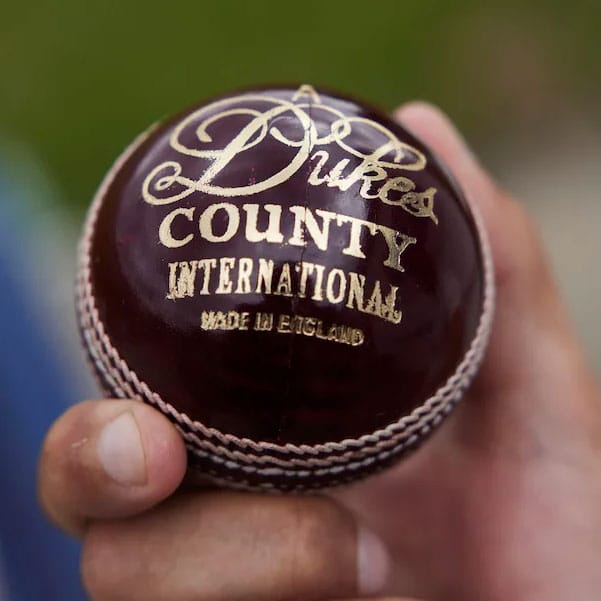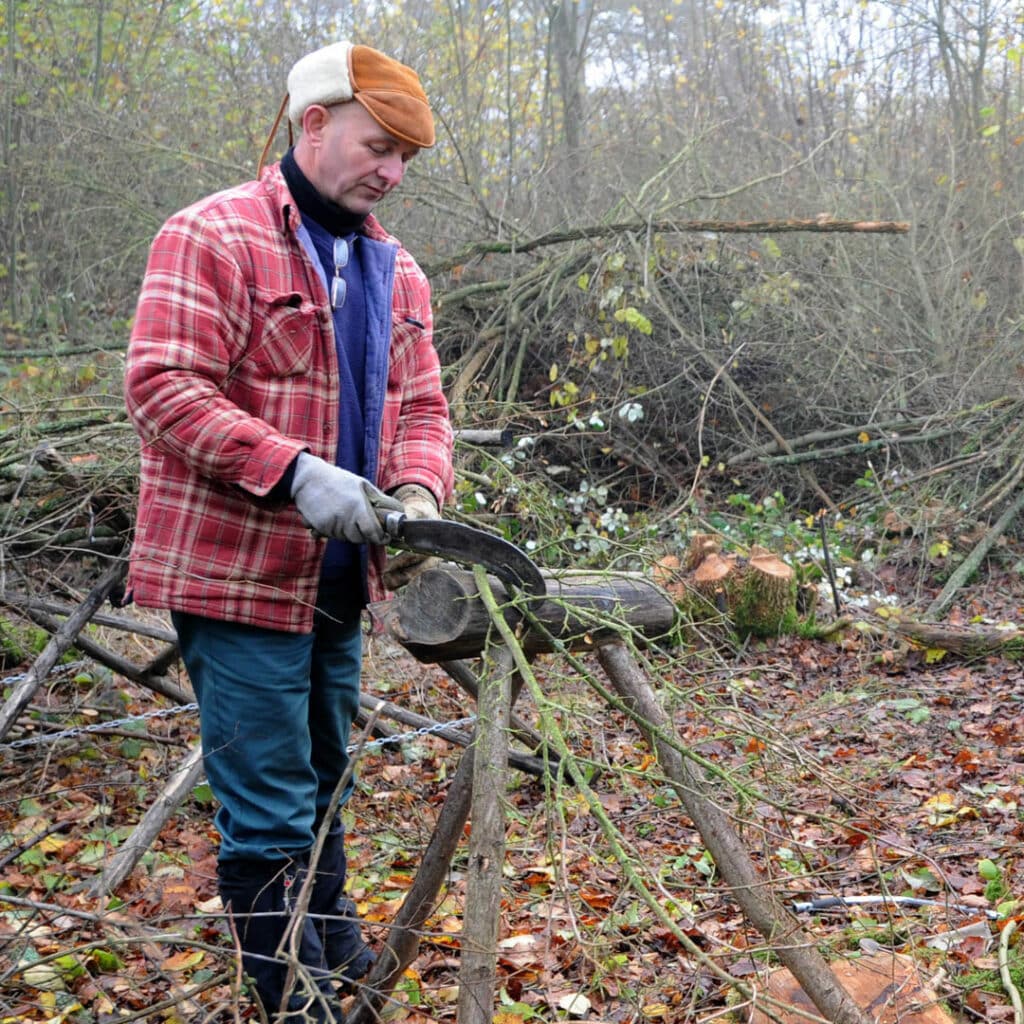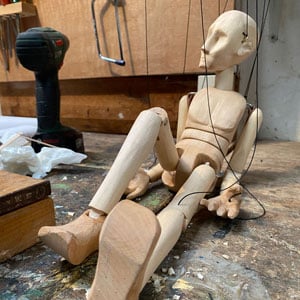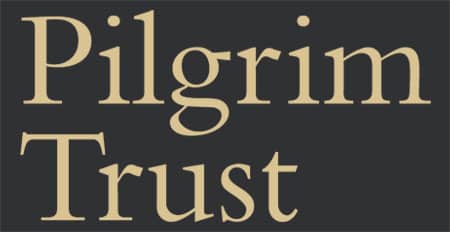Categories of risk
The Heritage Crafts Red List
Drawing on the conservation status system used by the International Union for Conservation of Nature Red List and the Rare Breeds Survival Trust Watchlist, Heritage Crafts uses a system of four categories of risk to assess the viability of heritage crafts. A heritage craft is considered to be viable if there are sufficient craftspeople to transmit the craft skills to the next generation.
Extinct in the UK
Crafts classified as ‘extirpated’ or ‘locally extinct’ are those which are no longer practised in the UK. For the purposes of this research, this category only includes crafts which have become extinct in the past generation.
Critically Endangered
Crafts classified as ‘critically endangered’ are those at serious risk of no longer being practised in the UK. They may include crafts with a shrinking base of craftspeople, crafts with limited training opportunities, crafts with low financial viability, or crafts where there is no mechanism to pass on the skills and knowledge.
Endangered
Crafts classified as ‘endangered’ are those which currently have sufficient craftspeople to transmit the craft skills to the next generation, but for which there are serious concerns about their ongoing viability. This may include crafts with a shrinking market share, an ageing demographic or crafts with a declining number of practitioners.
Currently Viable Crafts
Crafts classified as ‘currently viable’ are those which are in a healthy state and have sufficient craftspeople to transmit the craft skills to the next generation. They may include crafts with a large market share, widely popular crafts, or crafts with a strong local presence. A classification of ‘currently viable’ does not mean that the craft is risk-free or without issues affecting its future sustainability/viability.
Craft inspiration direct to your inbox
Become a Heritage Crafts Fan and receive a free monthly newsletter about craft announcements, events and opportunities.
Subscribe
Join Heritage Crafts in conversation with embroiderer Hanny Newton, online at 7pm on Wednesday 20 November.
@hannynewton is an embroidery artist who specialises in a contemporary approach to metal thread embroidery, and is currently exploring the potential of straw and other plant fibres as a ‘natural gold’.
In 2023 Hanny was awarded the QEST Broderers Company Scholarship to further her study of the techniques, tools and historical context of straw embroidery, and has recently been announced as the winner of the inaugural Sanderson QEST Rising Star Craft Award, which will enable her to study rare collections and make important contributions to the scarce knowledge and tools of straw embroidery.
From her studio in North Shropshire Hanny works with interior designers and art consultancies, applying her creative approach to historical techniques to large-scale international projects, including with 3-star Michelin restaurant Core by Clare Smyth. She currently teaches at Hand & Lock London and West Dean College, and has taught embroiderers worldwide, including in Australia, America and the Netherlands.
The session will take place on Zoom and attendees must register in advance via the linktr.ee in our profile. Attendees will also have the opportunity to submit questions in advance.

Over 29 days we are profiling the recipients of our recent round of training bursaries.
Kate Holmes @khstonework, from London, was trained as a signals analyst as part of the Intelligence Corps, where she enjoyed nearly ten years of service. She has trained as a stonemason, but has more recently turned to decorative stone carving. She will complete her Historic Carving degree at @cglartschool, carving a life-size female form for her final project.
Kate’s bursary is funded by the @armybenevolentfund, which awards grants to individuals and families, and fund leading organisations that support soldiers, former soldiers, and their families.
Kate said:
“External financial support has been absolutely vital in navigating a degree as a mature student in London. In short, it just wouldn’t have been possible to even consider the course at the City & Guilds of London Art School without it. In my final year Heritage Crafts has been integral to enabling an ambitious stone carving project; their collaborative approach to supporting my degree piece has been so refreshing. It has meant that alongside the tuition at the Art School, I have obtained one-to-one tuition from an award winning sculptor. This has alleviated pressure before starting the third year and will make all the difference in terms of project execution.”

Over 29 days we are profiling the recipients of our recent round of training bursaries.
Roisin Gearty, from London, found that pursuing training in jewellery making and silversmithing to be expensive and inaccessible, despite wanting to since childhood. She will undertake a year of one-to-one training with master craftspeople Paul and Tomiko Ravn, with money left over to cover some tools and materials. She intends to start up a small business making jewellery and hair pieces of her own design.
Roisin’s bursary is funded by the National Lottery Heritage Fund @heritagefunduk and made possible by money raised by National Lottery players.
Roisin said:
“This bursary has changed my training trajectory drastically. I have always been passionate about making jewellery, but have not had the money or time to do it as often as I wanted to. I now have the opportunity to work alongside Paul and Tomiko on a regular basis, in supportive surroundings that will help me not only develop the fundamental skills needed in silversmithing, but also develop my own creative style. I can therefore approach more complex and ambitious pieces, with confidence because I have time, the support and understanding available. It’s a big relief, and wildly exciting that I can now afford to attend sessions on a regular basis. But crucially I now have clarity on how I will progress to become a full-time jeweller and the silversmith I know I want to be.”

This week’s #mondaymaker is glassblower, Louisa Raven @louisaravenglass
Returning to glassmaking after over 20 years, Louisa was first introduced to the craft during her Art and Design foundation course at Leicester Polytechnic, after which she studied 3D Design (Wood, Metal, Ceramics and Glass) at Manchester Metropolitan University. Discovering a love for hot glass, Louisa developed her skills over two years at the (now closed) International Glass Centre, Brierley Hill, followed by earning a place on the Ceramics & Glass MA at the Royal College of Art.
Louisa enjoys the speed of the glassworking process and necessity to think on your feet. She also loves the tradition and tools involved which have not changed for hundreds of years. Louisa has worked on a range of exciting projects and in collaboration with notable brands and designers.
If you want to learn more about Louisa’s work, become a member of Heritage Crafts and read her exclusive interview in the members portal: https://www.heritagecrafts.org.uk/join-us/
#heritagecrafts #mondaymaker #glassworking #glassblowing

Over 29 days we are profiling the recipients of our recent round of training bursaries.
Joseph Lancaster @lancasterbrothers, from East Sussex, has struggled to fund development courses in lime plastering whilst working on an apprentice-level wage. He will train in lime plastering at @tymawrlime and @carringtonlime. Joseph’s wish is to change the direction of his business to one that specialises in conservation and heritage techniques with lime.
Joseph’s bursary is funded by the @sussexheritagetrust, established in 1977 to preserve, improve and encourage the appreciation of the architectural and natural landscape of Sussex.
Joseph said:
“As a plasterer, carpenter, decorator working on mainly old buildings I realised the need to specialise and strengthen the craft skills within my business. Six months ago I was introduced to working with lime. I quickly established this was the direction I wanted to apply myself. Since being made aware of the Heritage Crafts bursary and becoming a successful recipient, the professional advice, finance and support is allowing me to actualise my dream.”

Over 29 days we are profiling the recipients of our recent round of training bursaries.
Amanda Boachie @bo444chie, from London, runs @fortyfourwords, Britain’s first Black-owned experimental publisher specialising in handmade-to-order books. She will take four bookbinding courses at @citylit.bookbinding.bookarts and undertake one-to-one training with Piotr Jarosz @i_make_books. Amanda aspires to become a role model and mentor for Black women looking to explore bookbinding, helping to pave the way for more diverse participation in the craft industry.
Amanda’s bursary is funded by the Maxwell Hanrahan Foundation, supporting innovative people working in field-based science, art and craft, teaching and protection of the natural world.
Amanda said:
“I’m excited to explore the book form with expert guidance, especially exploring what it means for a handmade book to function as an art object. This training period will allow me to advance my technical skills while experimenting with design and I hope to show other makers, particularly from under-represented backgrounds, what pursuing crafts can look like.”

Over 29 days we are profiling the recipients of our recent round of training bursaries.
Jo Hills @gingerandtealmillinery, from Berwickshire, started re-training as a milliner during the Covid lockdown, and now combines a small income from sales of hats with a part-time seasonal job with the local museum. She will train with @sallyannhats in Edinburgh, and @jennyrobertsmillinery in Harrogate, to improve her core and advanced techniques. Jo hopes to be able to pass on her skills through training others.
Jo’s bursary is funded by the William Grant Foundation, a funder of good causes connected to one of Scotland’s leading family-owned businesses, with a vision of a Scotland where everyone has the opportunity to thrive.
Jo said:
“After a previous life as a project manager, I used the downtime during the pandemic to retrain as a milliner, following a range of online courses. This bursary will enable me, for the first time, to work in person with two highly respected milliners who are also renowned trainers, to refine specific skills and techniques that will improve the quality of my work.”
Photo: Neal Rylatt Photography

Over 29 days we are profiling the recipients of our recent round of training bursaries.
Leo White, from Oxfordshire, served in the 6th Regiment Army Air Corps reserves and achieved the rank of Lance Corporal, serving on two campaigns in Afghanistan. He will study at Rycotewood Furniture in Oxford, where he will incorporate straw marquetry into his furniture, a technique he learned from retained Rolls Royce marquetry specialist Audrey Fasquelle. He hopes to eventually teach those skills to others.
Leo’s bursary is funded by the @armybenevolentfund, which awards grants to individuals and families, and fund leading organisations that support soldiers, former soldiers, and their families.
Leo said:
“Although my craft is in its infancy, I know it is the rest of my life and the whole of my future. Having the support of Heritage Crafts and Rycotewood will make this a golden opportunity for success.”










